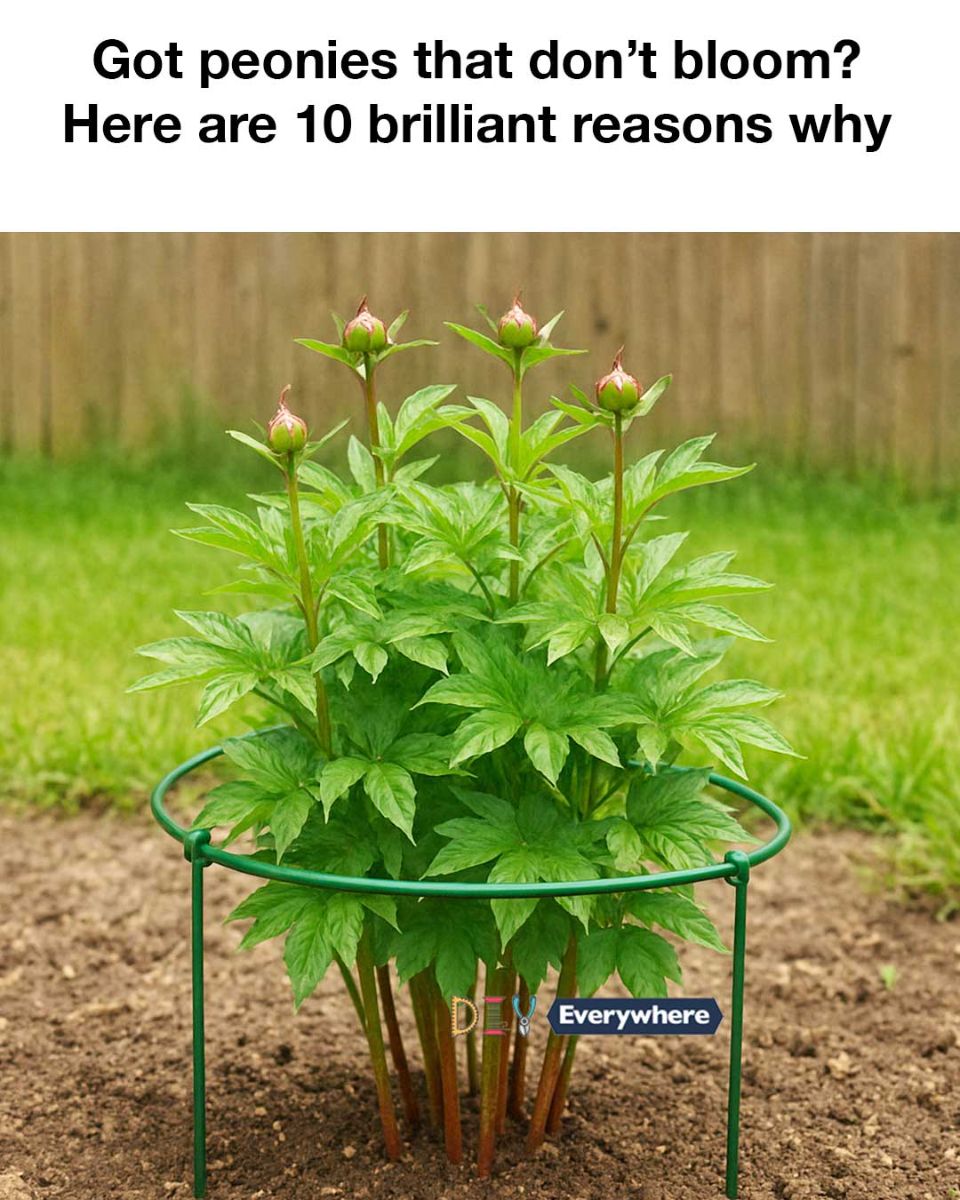ADVERTISEMENT
Peonies are beloved for their lush, fragrant blooms and are a favorite in many gardens. However, gardeners often face the frustrating issue of peonies that refuse to bloom. Understanding the reasons behind this can help in addressing the problem effectively. Peonies are relatively hardy plants, but they do have specific requirements that must be met for them to flourish. From environmental conditions to planting techniques, several factors can influence their blooming. This article explores the common reasons why peonies might not bloom and offers insights into how to encourage these beautiful flowers to thrive.
Understanding Peony Growth Requirements
Peonies require a combination of factors to bloom successfully. They thrive in well-drained soil, need adequate sunlight, and benefit from a period of cold dormancy. Understanding these requirements is crucial for any gardener hoping to see their peonies bloom. Peonies are perennials, meaning they return year after year, but they need time to establish themselves. Patience is key, as it can take a few years for newly planted peonies to begin blooming. Additionally, the right care and maintenance practices can significantly impact their growth and flowering.
Reason 1: Inadequate Sunlight Exposure
Peonies need plenty of sunlight to bloom. Ideally, they should receive at least 6 to 8 hours of direct sunlight each day. If peonies are planted in a shaded area, they may not receive enough light to produce blooms. Consider relocating them to a sunnier spot or trimming back any overhanging branches that might be blocking sunlight. Remember, peonies that are deprived of sunlight will focus their energy on foliage growth rather than flowering.
Reason 2: Poor Soil Quality and Drainage
Peonies prefer well-drained, fertile soil with a neutral to slightly acidic pH. If the soil is too compacted or has poor drainage, the roots can become waterlogged, leading to poor growth and lack of blooms. Amending the soil with organic matter such as compost can improve its structure and drainage. Conducting a soil test can also help determine if any adjustments are needed to meet the peony’s needs.
Reason 3: Improper Planting Depth
Planting depth is crucial for peonies. If planted too deep, the buds may not receive the necessary conditions to bloom. The eyes, or buds, of the peony should be no more than 1 to 2 inches below the soil surface. Planting them deeper can prevent them from blooming. If you suspect your peonies are planted too deep, consider carefully lifting and replanting them at the correct depth.
Reason 4: Insufficient Nutrients and Fertilization
👇 To continue reading, scroll down and click Next 👇
ADVERTISEMENT
